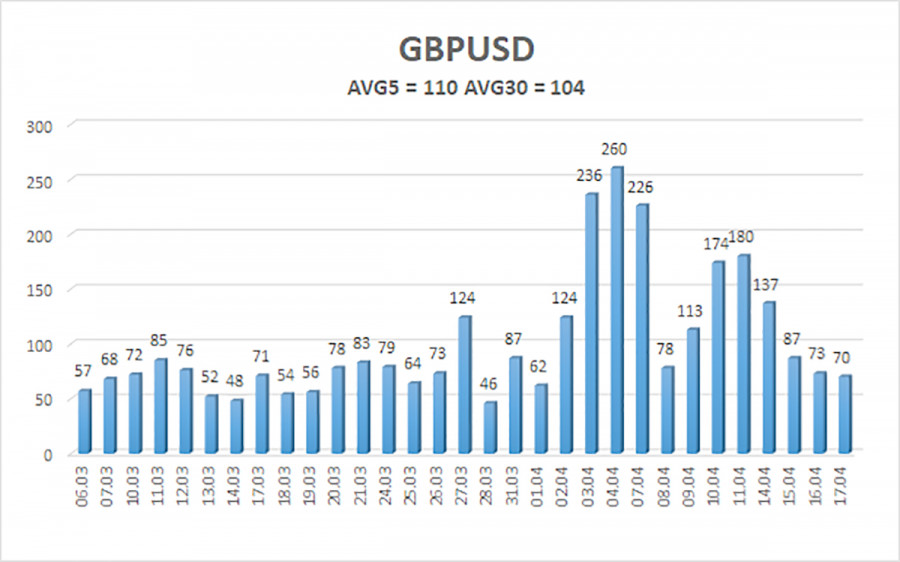

Společnost AST SpaceMobile se snaží propojit svět prostřednictvím satelitní technologie, která umožňuje širokopásmové připojení přímo uživatelům mobilních telefonů bez nutnosti tradičních pozemních sítí.
Tento revoluční přístup přilákal pozornost investorů a v roce 2025 vedl k výraznému růstu hodnoty akcií společnosti.
Navzdory slibnému začátku roku však akcie AST SpaceMobile tento týden prudce klesly o 22 %, což u některých investorů vyvolalo obavy. Přesto je důležité podotknout, že za celý rok jsou akcie stále o 25 % výše, což naznačuje, že současný propad může být pouze krátkodobou korekcí v rámci širšího růstového trendu.
Akcie AST SpaceMobile (ASTS) zažily od začátku roku silný růst, který byl podpořen několika pozitivními zprávami. Společnost získala nové finanční prostředky, oznámila vládní zakázku na podporu amerických vesmírných sil, obdržela povolení od Federální komise pro komunikace (FCC) k testování svých služeb v USA a uzavřela strategickou dohodu se společností Vodafone pro poskytování služeb na evropských trzích.
Tyto události přispěly k tomu, že akcie AST během prvních šesti týdnů roku vystřelily o více než 50 %, což přilákalo pozornost nejen dlouhodobých investorů, ale i spekulantů hledajících rychlé zisky. Nicméně prudký růst bývá často doprovázen vybíráním zisků, což může vést k dočasným poklesům cen akcií.

Jedním z hlavních faktorů, který tento týden přispěl k poklesu akcií, byl prodej akcií dvěma členy představenstva společnosti AST SpaceMobile. Julio A. Torres prodal 20 000 akcií a Ronald Rubin prodal 7 000 akcií, přičemž obě transakce proběhly v době, kdy se cena akcií pohybovala na úrovni 30 USD za kus.
Investoři často vnímají prodej akcií ze strany vedení jako potenciální varovný signál, protože může naznačovat, že manažeři společnosti nevěří v další růst ceny akcií. V tomto případě je však situace odlišná, protože prodané akcie byly součástí kompenzačních balíčků s omezeným převodem, což znamená, že jejich prodej byl pravděpodobně předem naplánovaný a nesouvisí s názorem na budoucnost společnosti.
To, že dva členové představenstva prodali část svých akcií, tedy nemusí nutně znamenat ztrátu důvěry v podnikání AST SpaceMobile. Spíše se zdá, že využili nedávného růstu hodnoty akcií k realizaci zisků, což je běžná praxe mezi zaměstnanci firem, kteří získávají část svých odměn ve formě akcií.
Kromě prodeje akcií ze strany vedení se na poklesu akcií AST SpaceMobile mohli podílet i další investoři, kteří se rozhodli uzamknout své zisky po prudkém růstu v předchozích týdnech. Spekulativní tituly jako AST SpaceMobile bývají často vystaveny vyšší volatilitě, protože investoři reagují na krátkodobé výkyvy cen.
Z dlouhodobého hlediska se zdá, že fundamentální příběh společnosti AST SpaceMobile zůstává silný. Firma pokračuje v realizaci své strategie budování globální satelitní mobilní sítě, což ji odlišuje od tradičních telekomunikačních společností. Pokud bude schopna úspěšně uvést své služby na trh a prokázat komerční životaschopnost svého modelu, mohla by se stát klíčovým hráčem v oblasti vesmírné komunikace.
Investoři, kteří sledují vývoj AST SpaceMobile, by se měli zaměřit na několik klíčových faktorů, které mohou ovlivnit budoucí vývoj ceny akcií:
Ačkoliv 20% pokles akcií AST SpaceMobile může na první pohled vypadat dramaticky, je nutné jej vnímat v širším kontextu. Za celý rok jsou akcie stále o 25 % výše, což znamená, že dlouhodobý trend růstu zatím není narušen.
Vybírání zisků po prudkém růstu je běžným jevem a nemusí nutně znamenat problém pro společnost. Navíc prodej akcií členy představenstva byl součástí kompenzačních balíčků, což nemusí signalizovat ztrátu důvěry v budoucnost firmy.
Z dlouhodobého pohledu bude klíčové sledovat, jak AST SpaceMobile pokročí v komercializaci své satelitní sítě a zda se jí podaří získat další strategická partnerství. Pokud firma prokáže životaschopnost svého obchodního modelu, může se stát průkopníkem v oblasti mobilní komunikace přes satelity.
Investoři, kteří věří v budoucnost vesmírné telekomunikace, by proto měli sledovat další kroky společnosti a připravit se na možné krátkodobé výkyvy, které jsou u růstových technologických firem běžné.

The GBP/USD currency pair continued to trade relatively calmly on Thursday, showing only a minimal downward bias. We still can't classify the current movement as a "pullback" or "correction." The chart below clearly shows how rapidly volatility is decreasing, yet the market is in no hurry to close longs or open shorts. There are still no grounds for opening short positions, as the market continues to respond only to the trade war initiated by the U.S. against the rest of the world. All other macroeconomic and fundamental factors are currently irrelevant.
On Wednesday evening, Federal Reserve Chair Jerome Powell delivered a speech. From the start, we had no expectations of any new information from the head of the Fed. In early April, Powell clearly outlined not only his stance but also that of the entire Federal Open Market Committee. The consequences of the trade war are unpredictable and cannot be assessed at this stage, especially since Trump has not yet completed the implementation of tariffs and negotiations are still ongoing with several countries. Simply put, the time to "count the chickens" will come "in autumn"—once the final tariffs are in place and their first effects emerge.
Thus, the Fed's position remains unchanged: decisions will be based on macroeconomic data reviewed at each meeting. Of course, Powell reiterated that the U.S. economy will likely slow while inflation and unemployment will probably rise. But any economist or analyst could say that right now—you don't need to be the head of the U.S. central bank to draw such conclusions.
The U.S. dollar remains under heavy market pressure. Once again, we note a pattern: when no new tariffs are announced, the dollar stops falling. However, it still can't show any growth. This reinforces the point that the market is focused solely on the trade war factor. Since Powell did not announce anything new, the market practically ignored his speech.
The outlook for the Fed's key interest rate varies widely among opinions. Some experts believe the Fed will be forced to save the economy, which is "sinking" due to Trump's actions, and will cut rates even in the face of rising inflation. Occasionally, there are reports that inflation remains the Fed's top priority and that rates might be raised to fight it—even if that further damages the economy. We don't want to speculate. It's important to remember that central banks' monetary policy has no real influence on market sentiment. The dollar continues to plunge even though the Fed hasn't lowered rates since last year—and judging by official statements, it doesn't intend to do so in the near future. Meanwhile, the Bank of England may cut its rate as soon as the next meeting, given that UK inflation slowed significantly in March and the economy continues to struggle.

The average volatility of GBP/USD over the last five trading days is 110 pips, which is considered "average" for the pair. Therefore, on Friday, April 18, we expect movement within a range bounded by 1.3153 and 1.3373. The long-term regression channel is pointing upward, though a downward trend remains on the daily time frame. The CCI indicator recently entered the overbought zone, suggesting a pullback, which has already been concluded.
S1 – 1.3184
S2 – 1.3062
S3 – 1.2939
R1 – 1.3306
R2 – 1.3428
R3 – 1.3550
The GBP/USD pair continues its confident upward movement. We still believe that the entire upward move is a correction on the daily time frame, which has already taken on a somewhat irrational nature. However, if you trade using pure technicals or "the Trump factor," long positions remain relevant with targets at 1.3369 and 1.3428 since the price is above the moving average. Sell orders remain attractive, with targets at 1.2207 and 1.2146, but now, the market isn't even considering buying the U.S. dollar while Donald Trump continues to trigger new sell-offs of the American currency.
Linear Regression Channels help determine the current trend. If both channels are aligned, it indicates a strong trend.
Moving Average Line (settings: 20,0, smoothed) defines the short-term trend and guides the trading direction.
Murray Levels act as target levels for movements and corrections.
Volatility Levels (red lines) represent the likely price range for the pair over the next 24 hours based on current volatility readings.
CCI Indicator: If it enters the oversold region (below -250) or overbought region (above +250), it signals an impending trend reversal in the opposite direction.

RÁPIDOS ENLACES